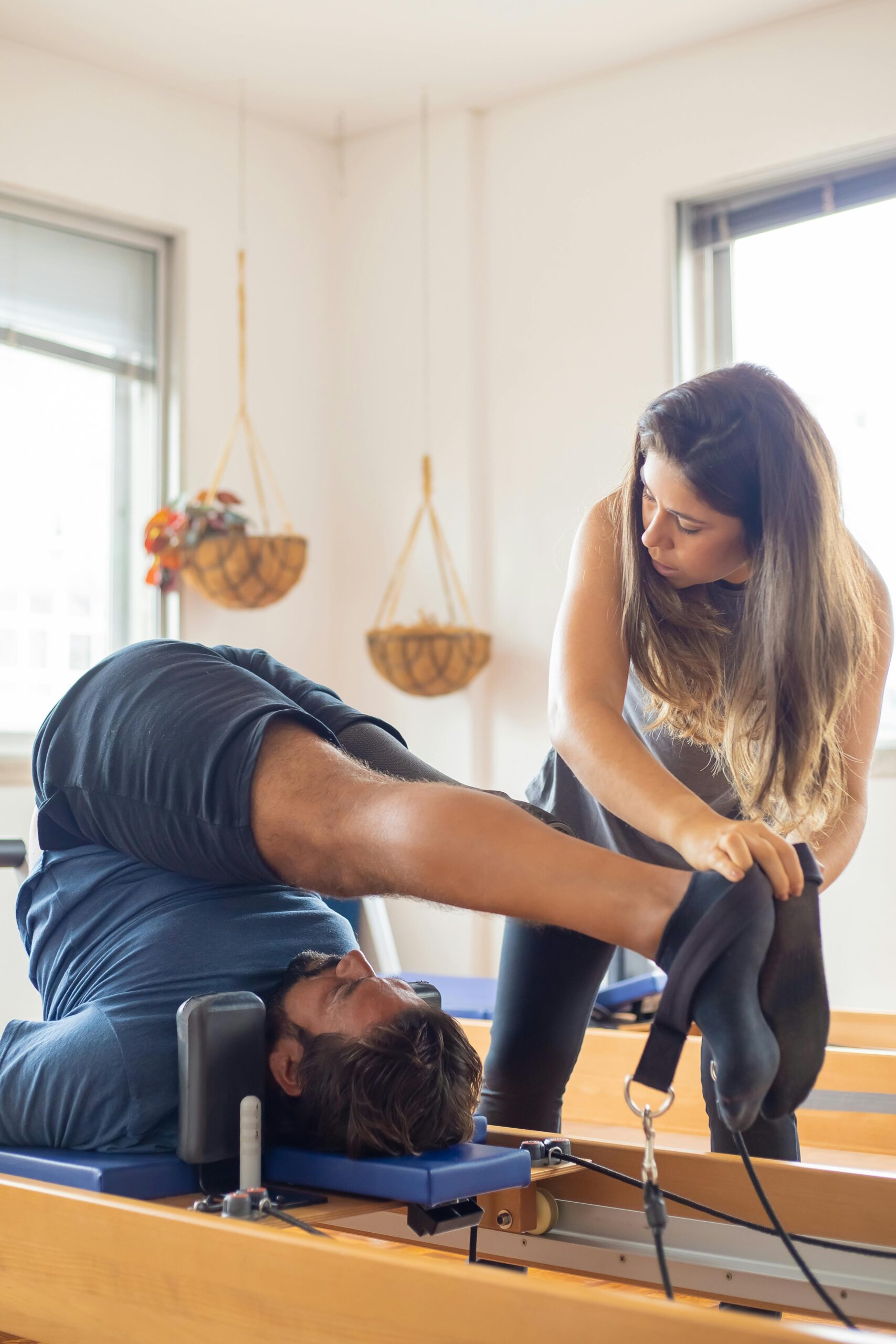Exploring Pilates Reformer Classes
Pilates reformer classes have gained remarkable popularity in recent years, transforming the way people approach physical fitness and rehabilitation. These classes use a specialized machine called the reformer, designed to provide resistance and support during exercises that focus on strength, flexibility, and balance. Unlike traditional Pilates mat workouts, reformer classes offer a diverse range of movements, making them accessible to beginners and challenging for advanced practitioners. This article delves into the unique benefits of reformer Pilates, its suitability for various fitness levels, the integral role of breathing and alignment, the impact on core strength and posture, and tips for maximizing results in a safe and effective manner.
The Mechanics Behind the Pilates Reformer
The Pilates reformer is a versatile piece of equipment consisting of a sliding carriage, adjustable springs for resistance, ropes, and pulleys. This design enables controlled, low-impact movements that can be tailored to individual needs. The resistance springs allow for variable intensity, accommodating users at all fitness stages. By combining pushing, pulling, and sliding motions, the reformer engages multiple muscle groups simultaneously. This mechanical setup encourages correct alignment and smooth, flowing movements, protecting joints from strain and building both strength and flexibility gradually. Understanding the reformer’s function is essential to appreciating how it enhances traditional Pilates exercises and offers a dynamic, supportive workout experience.
Benefits Beyond Traditional Pilates
While Pilates mat exercises offer excellent core strengthening, reformer classes extend these benefits by incorporating resistance training and greater movement variety. The reformer’s adjustable springs can increase or decrease difficulty, which improves muscular endurance and joint stability without heavy impact. Enhanced range of motion promotes flexibility, while the machine’s support helps isolate targeted muscles, leading to better muscle balance and symmetry. Additionally, reformer Pilates aids in injury prevention and rehabilitation by strengthening smaller stabilizing muscles often neglected in other workouts. The mindful nature of reformer exercises encourages body awareness, helping participants move with greater control and confidence both inside and outside the studio.
The Importance of Breath and Alignment
Breathing is a cornerstone of Pilates, and reformer classes emphasize proper breath control to enhance movement efficiency and mental focus. Coordinated breathing facilitates oxygen delivery to muscles while helping to maintain fluidity and rhythm during exercises. Aligning the spine and pelvis correctly on the reformer is equally critical; it optimizes muscle engagement and reduces the risk of injury. Instructors often cue participants to engage their deep abdominal muscles while breathing deeply, promoting a strong, stable core. This holistic approach not only maximizes the effectiveness of each movement but also cultivates relaxation and mindfulness, contributing to overall well-being.
Core Strength and Postural Improvements
One of the primary advantages of Pilates reformer classes is the focus on developing a strong, balanced core. The carriage’s shifting platform challenges stability, forcing continuous engagement of abdominal muscles, lower back, and pelvic floor. Over time, this core activation leads to improved posture, spinal alignment, and better support for everyday activities. Many participants report reduced back pain and increased ease in movement. Additionally, the reformer encourages proper scapular movement and shoulder stability, which are essential for upper body strength and preventing muscular imbalances often caused by prolonged sitting or repetitive daily tasks.
Getting the Most from Your Pilates Reformer Experience
To fully benefit from Pilates reformer classes, consistency and proper guidance are vital. Beginners should seek qualified instructors who can tailor the exercises to individual abilities and goals. Progressing gradually while focusing on form ensures safety and effectiveness. Combining reformer sessions with complementary activities such as stretching or aerobic exercise can enhance overall fitness. Listening to your body during classes helps prevent overexertion, while setting clear objectives keeps motivation high. Whether your aim is rehabilitation, athletic performance, or general wellness, approaching reformer Pilates with patience and dedication will yield rewarding, lasting results.
In summary, Pilates reformer classes offer a comprehensive workout that enhances strength, flexibility, and postural alignment through carefully controlled resistance and movement. The reformer’s design allows exercises to be adapted for various fitness levels, making it an inclusive choice for many. The mindful integration of breath and alignment, coupled with a targeted focus on the core, distinguishes reformer Pilates from other fitness modalities. With consistent practice and professional instruction, this method brings not only physical improvements but also increased body awareness and confidence in movement. Embracing the reformer as part of a balanced fitness routine can lead to meaningful, transformative health benefits over time.
